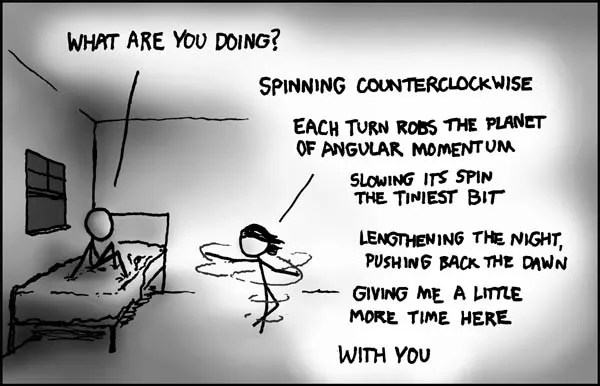By Anupum Pant
Background
Whenever I choose to write about Helium, there’s something I almost never forget to mention – Helium is precious (Click to know why). So, if you’ve read that, you’ll know that you shouldn’t use it in party balloons, nor should you use it to make your voice sound funny. These are the most silliest things you could do with a borderline non-renewable resource. However, if someone uses it in party balloons to make science look cool to 5-year-old, it’s beautiful.
The Experiment
Destin, a super-cool dad, from the YouTube channel Smarter every day, did exactly that. This is what he did:
Pendulum in a car: First, he tied a pendulum to the roof of his car. Then he accelerated the car. As everyone must have guessed, the pendulum moved back as the car accelerated. It’s natural for our brains to assume that everything would move back in an accelerating vehicle.
Helium Balloon in a car: Next, he tied a balloon filled with Helium to the base of the car. Then, right when he was about to accelerate his car, he asked his 5 year olds sitting in the back seat – “Where do you think the balloon would go if I accelerate?”
Answer the question before proceeding, and reason it if you can. (Even if you don’t know it, it’s easier to guess it right now because of the build up I gave in the previous paragraphs)
The Answer
Unless you already have dealt with this “anomaly”, it’s pretty tough to guess that the balloon would actually move forward as the car accelerates. Yes, it moves forward! Something moving forward in an accelerating car sounds counter intuitive. I knew it because someone had asked me it in a physics puzzle sometime back. Just for the record, I had answered it wrong then. There’s no way I could have guessed, or reasoned it accurately the first time. Did you?
The balloon seems to be defying the laws of physics. But a helium balloon moving forward as the car accelerates can be completely explained by physics. It’s just our brain fooling us again.
Simple Analogy
Here’s how Destin explains it with a simple analogy – using a glass jar filled incompletely with water (so there’s an air bubble inside). Assume that the glass jar is like the car. The water in it, is like the air in the car. And the Helium balloon is like the air bubble in the jar – Since an air bubble is lighter than water, it is safe to assume that because even Helium is lighter than the air.
Now when the jar accelerates forward, the water in the jar moves back – so does the air in the car. As a result, the air in the jar moves forward – just like the Helium balloon does.
Here, watch the video if that sounds too confusing…
Most of you probably know this. But I’m sure that many don’t. Moreover I found the video really cute – A super cool dad explaining science to his little kids in a car. Plus they ask you to go to their audible link that would get you a free audio book. At the same time, it would help a cool dad fund his children’s education. My heart melted. If nothing, the video will at least make you smile.


























